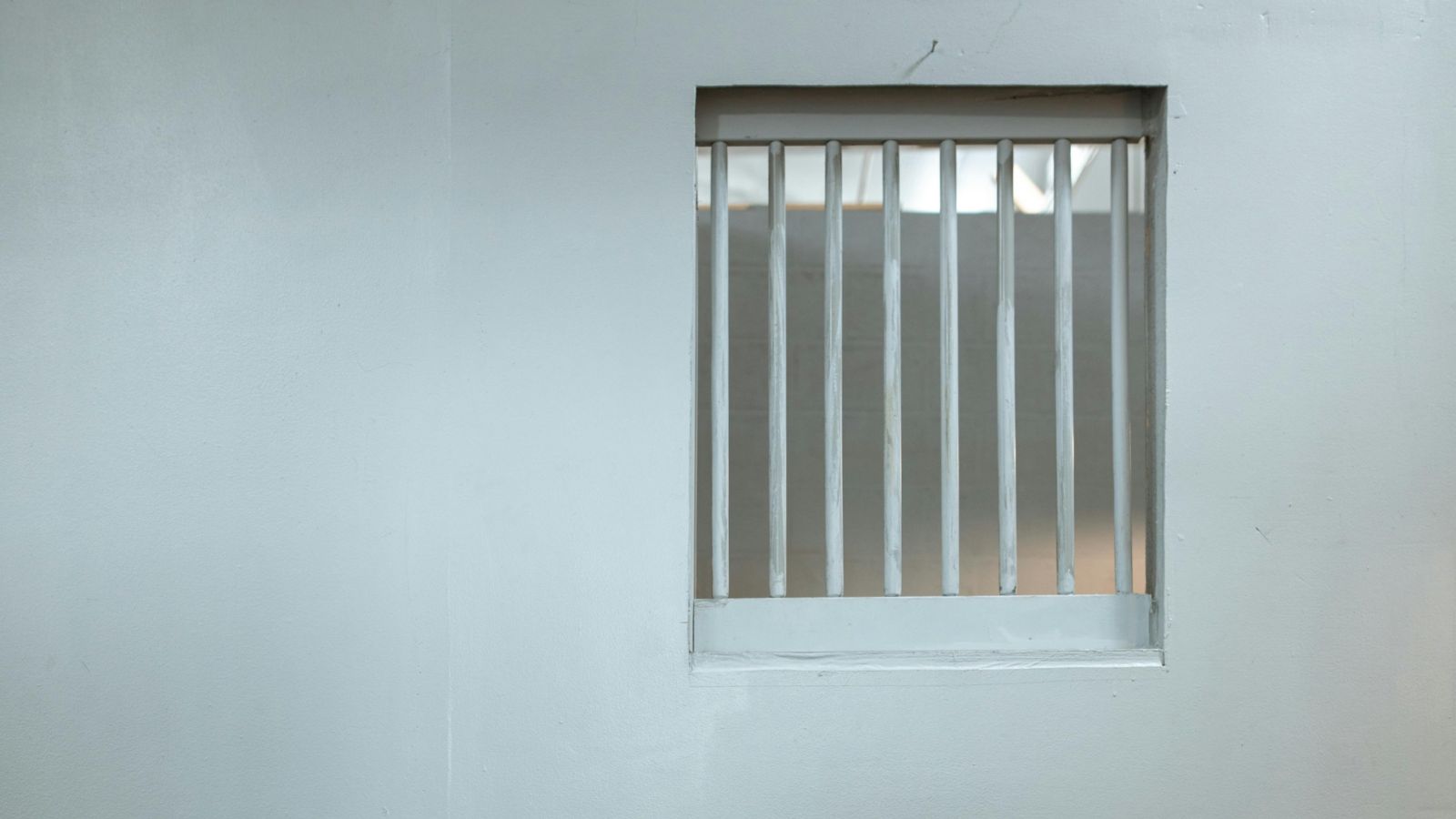
Comment: Is prison the right place for people under 25?
This is a question that haunts the Prison Inspectorate’s new report Young people and young adults in Corrections’ custody. The starting point is the simple reality of human development. Brains take until our mid-20s to fully develop—this includes impulse control and identity formation. Testing the rules and experimenting with new (and forbidden) things is a normal part of growing up. This is a period of our lives when we learn the skills needed to understand social norms and expectations—something time in prison is ill-equipped for.
Not only are prisoners under 25 still maturing, but they are statistically more likely than the general population to have experienced childhood trauma, drug or alcohol addiction, poverty, limited education, and disabilities. The mismatch between their behaviour and the expectations of the criminal justice system might be exacerbated by neurodevelopmental disorders that can make communication and emotional regulation difficult.
Additionally, both over- and under-stimulation can cause stress for the neurodiverse, or trigger those who have experienced childhood trauma. Prisons, especially high- and maximum-security units, are loud, harsh sensory spaces. Equally, the sensory deprivation of long lockups can be tough: the Inspectorate reports one young man’s gratitude simply for a view of birds outside his cell window.
The report raises several issues where prison environments potentially discriminate against the different physiological and generational characteristics of younger prisoners. It suggests that prisons can be obesogenic environments when, for example, young prisoners get insufficient exercise (because they are locked in their cells too much), eat inappropriate food, or experience stress or depression. It also highlights the more deeply felt disconnection and isolation of imprisonment for those who are digital natives.
The additional weighting given to age in security classification assessments disproportionately places young prisoners in high-security environments with restrictive regimes. This not only adversely impacts their mental and physical health, but impedes their access to rehabilitation programmes, breeding boredom and undermining successful reintegration. As one women said: “There is nothing to do during the day. The remand girls have genuinely nothing to do but gain weight and fight.”
These young prisoners are also particularly vulnerable to gang recruitment to ensure their personal safety. One man commented: “It is unsafe if you are not with a gang. You don’t have a choice, they put us in with the big boys. It is dangerous if you are a nothing.” Another described mainstream high-security units as where “you take a spoonful of cement and harden up”.
Teenagers transferred from Oranga Tamariki (OT) into Corrections soon become aware of this institutional hardness and contrast prison with their experience of OT staff in youth justice residences. As one young man stated: “There is a difference between caring and keeping prisoners safe. In youth justice the communications are different. The staff will chat with the young people, but this is not the same in the youth unit or prison.”
Not all the matters raised in the report are easily solved and the limits of both OT and Corrections to properly accommodate the diversity of young prisoners in their respective systems is clear. OT is charged with looking after people aged up to 19, while Corrections currently houses high-risk 18-year-olds (assessed as too unmanageable for OT) with vulnerable young adults removed from the mainstream prison population for their protection. The Inspectorate, in identifying this problem, concedes that currently there isn’t any satisfactory alternative.
The report is comprehensive—sometimes overwhelmingly so. But it also conjures a sad déjà vu of past reports: the disproportionate representation of Māori in prisons, limited access to rehabilitation, delays for medical appointments, high use of solitary confinement, high remand numbers, inequitable provision for female prisoners, and the inadequacies of Corrections data.
Its careful examination of the specific needs of young prisoners clearly demonstrates how, in the words of Parole Board chair Sir Ron Young, “we are really letting them down”. There is no meaningful strategy or leadership invested to ensure these people can succeed. Instead, youth-specific programmes and initiatives have been discontinued, youth-specific roles disestablished, and youth units repurposed.
Consequently, despite prisoners’ appreciation of counselling and Intervention and Support Unit staff, the environment can be a contradictory one. One young prisoner said: “We get hammered for cell standards, but you look in some cells and the paint is peeling, sinks with mould in the silicon, stinks, flickering light. ‘You want us to be these awesome people, but you don’t maintain your site’.”
Prisons are complex, difficult places. But reports like this challenge the fundamental basis of prisons as a solution for rehabilitating young people. The Inspectorate’s evaluation of Corrections’ efforts to date is telling, concluding these efforts “have not been well-coordinated, resourced, or fully realised, and very few young people and young adults in Corrections’ custody have benefited from them”.
This article was originally published on Newsroom.
Christine McCarthy is a senior lecturer in the School of Architecture at Te Herenga Waka—Victoria University of Wellington, where her research includes prison architecture. She is a former president of the Wellington Howard League for Penal Reform (2018-20).
